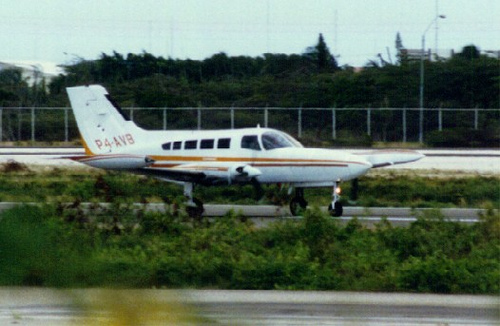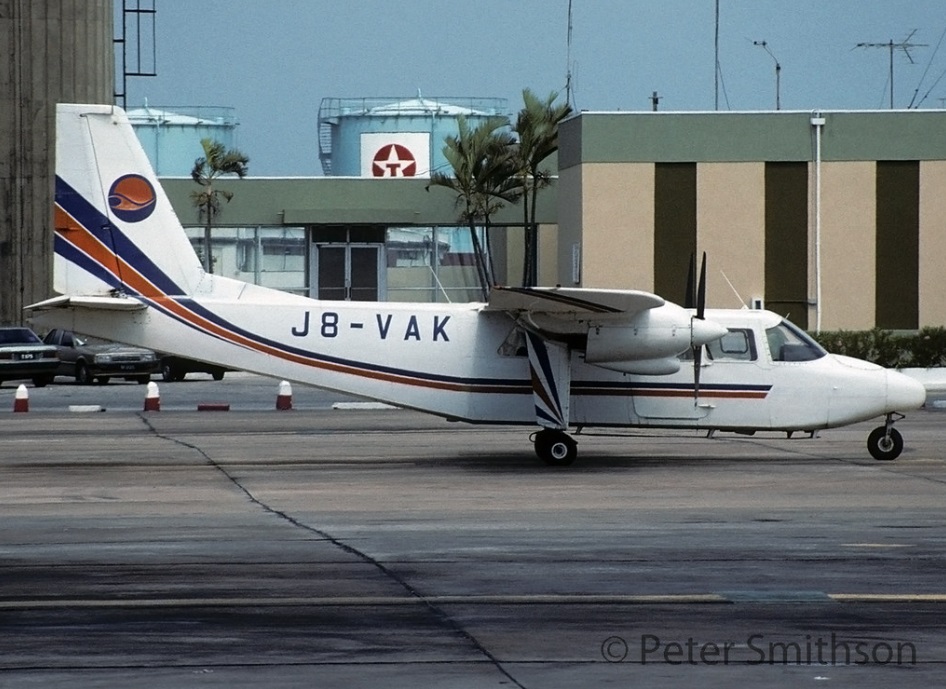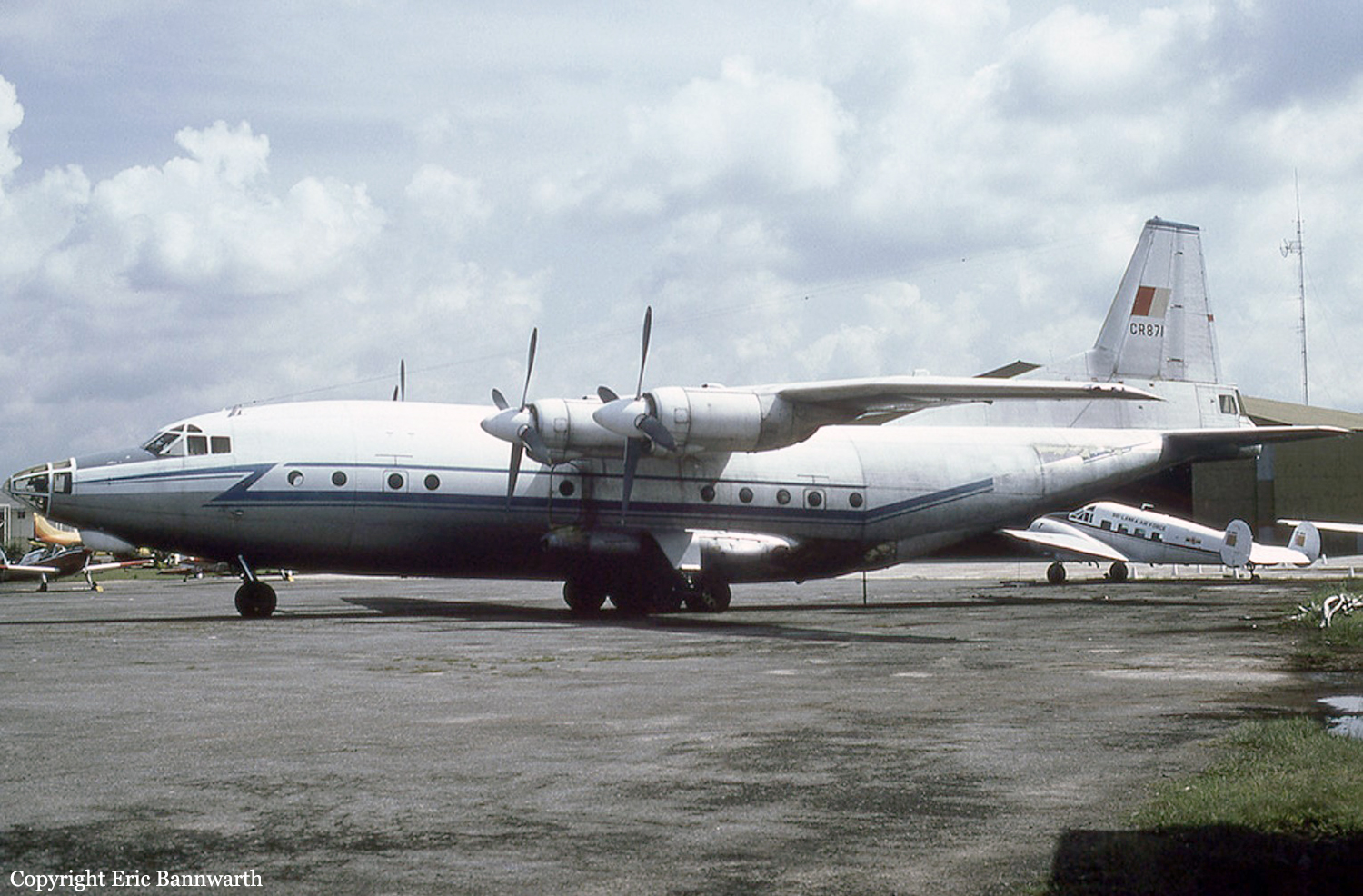Crash of a Cessna 402B off Punto Fijo: 8 killed
Date & Time:
Mar 13, 1996 at 0815 LT
Registration:
P4-AVB
Survivors:
No
Schedule:
Oranjestad - Punto Fijo
MSN:
402B-1201
YOM:
1976
Crew on board:
1
Crew fatalities:
Pax on board:
7
Pax fatalities:
Other fatalities:
Total fatalities:
8
Circumstances:
The twin engine aircraft was completing a charter flight from Oranjestad to Punto Fijo with seven passengers and one pilot on board. While descending to Punto Fijo-Josefa Camejo Airport, the pilot informed ATC about the failure of the left engine. Shortly later, the left engine caught fire and detached, causing a part of the left wing to be torn off. Out of control, the aircraft crashed in the sea about 29,5 km north of Punto Fijo Airport. All eight occupants were killed.
Probable cause:
Failure of the left engine as a result of a cracked exhaust manifold.








